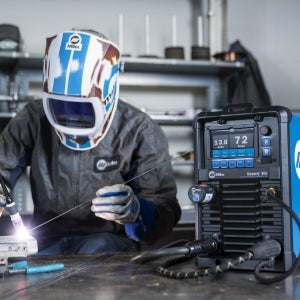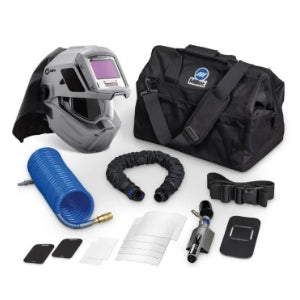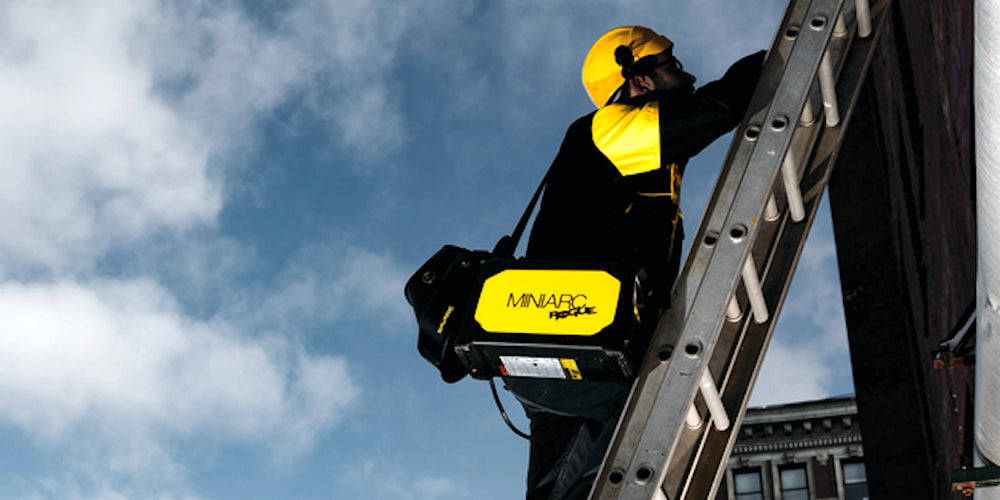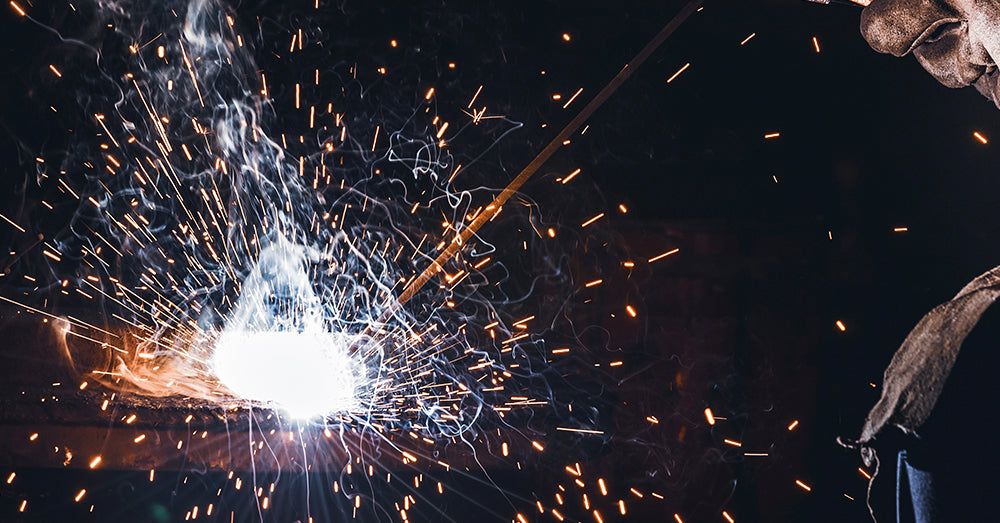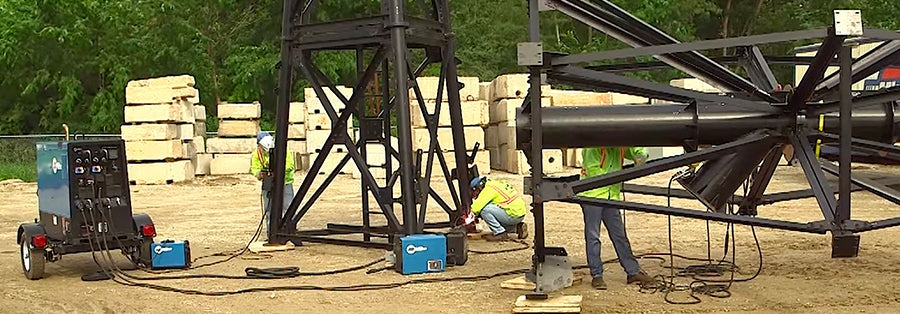Whoever says size matters has never seen two things: a Tasmanian Devil amped up on Red Bull mixed with beaver steroids—and the ESAB Miniarc Rogue ES 180i. The good things that come in this small package are built to impress, but one of the most useful benefits of the Rogue 180i might just be how you plug it into the wall. Many welding machines can run on 120-volt or 240-volt plugs. The problem is that many home workshops or garages don’t have accessible 240-volt sockets—unless you’re willing to unplug the oven to weld.
For some hobby welders, most of their work has to be confined to 120-volt plugs. This begs the question: Which machine has the most umph when used with your standard socket? The answer: the Tasmanian Devil on Red Bulls. Sorry, that’s not right… It’s the ESAB Miniarc Rogue ES 180i.
Power House
ESAB claims the Rogue is as powerful or more powerful than some of the best stick/TIG machines. Let’s find out how that bold statement actually stacks up when we throw the Miniarc Rogue into the ring with the Lincoln Square Wave TIG 200—arguably the most beloved Lincoln stick/TIG machine ever made.
On a 240-volt plug, the Lincoln Square Wave knocks the Rogue 180i out of the ring. The Square Wave is able to go up to 200 amps while the Rogue 180i is only able to go up to 180 amps (hence their names). This should be expected as the Square Wave is more than twice the price of the Rogue 180i.
But where things get interesting is when you move to a 120-volt plug. On your standard American socket, the Rogue can actually get up to 140 amps. The Square Wave can only do 125 amps.

Now obviously the Square Wave is a beloved TIG icon in the welding world and there’s more to a machine than its power. But it illustrates just how revolutionary the Rogue 180i is for welders who mainly use 120-volt sockets.
One Tough Cookie
Along with the ability to work well with both 120 and 240-volt sockets, the Rogue 180i is built to travel. It weighs 18.2 pounds and comes with a shoulder strap so you can literally carry it around like a duffle bag.
Having a portable welder is great, but most of us would never sacrifice durability or stability for less weight. Unlike a lot of those cheap, foreign knockoff stick machines, ESAB has been able to develop a machine that makes no compromises. The Miniarc Rogue 180i is made with a rigid fiberglass-molded housing—the same type of material they use on airplanes. In fact, ESAB is so confident the Rogue can take hit after hit, they’ll include a 3-year warranty if you buy with Welding Supplies from IOC.
It’s All About the Beads
Alright, the Miniarc Rogue has a lot of power. It's also tough and lightweight—but here’s the real question: How does it weld?
As a stick machine, you can pretty much begin using the Rogue 180i right out of the box. It has all the arc stability features you’d expect from any top welding brand. This includes technology that resists power fluctuations, meaning you can never blame your machine for inconsistent welds. It also includes a digital display that’s easy to navigate and use.
As a TIG machine, the Rogue can hold up against any other machine under $1,000. That being said, it is limited to DC TIG, which means aluminum is out of the question. You’ll also have to buy the appropriate TIG torch with a built-in gas valve separately.
If you often find yourself in situations where you only have access to the standard 120-volt socket, the ESAB Miniarc Rogue 180i is quite possibly the best machine you could be using for stick/TIG welding. Its tough but lightweight build and stable arc mean you’re buying more than a portable powerhouse: you’re buying an excellent piece of machinery that’ll serve you well for years and years. To learn more about the Rogue 180i, check out all the specs and details here.

